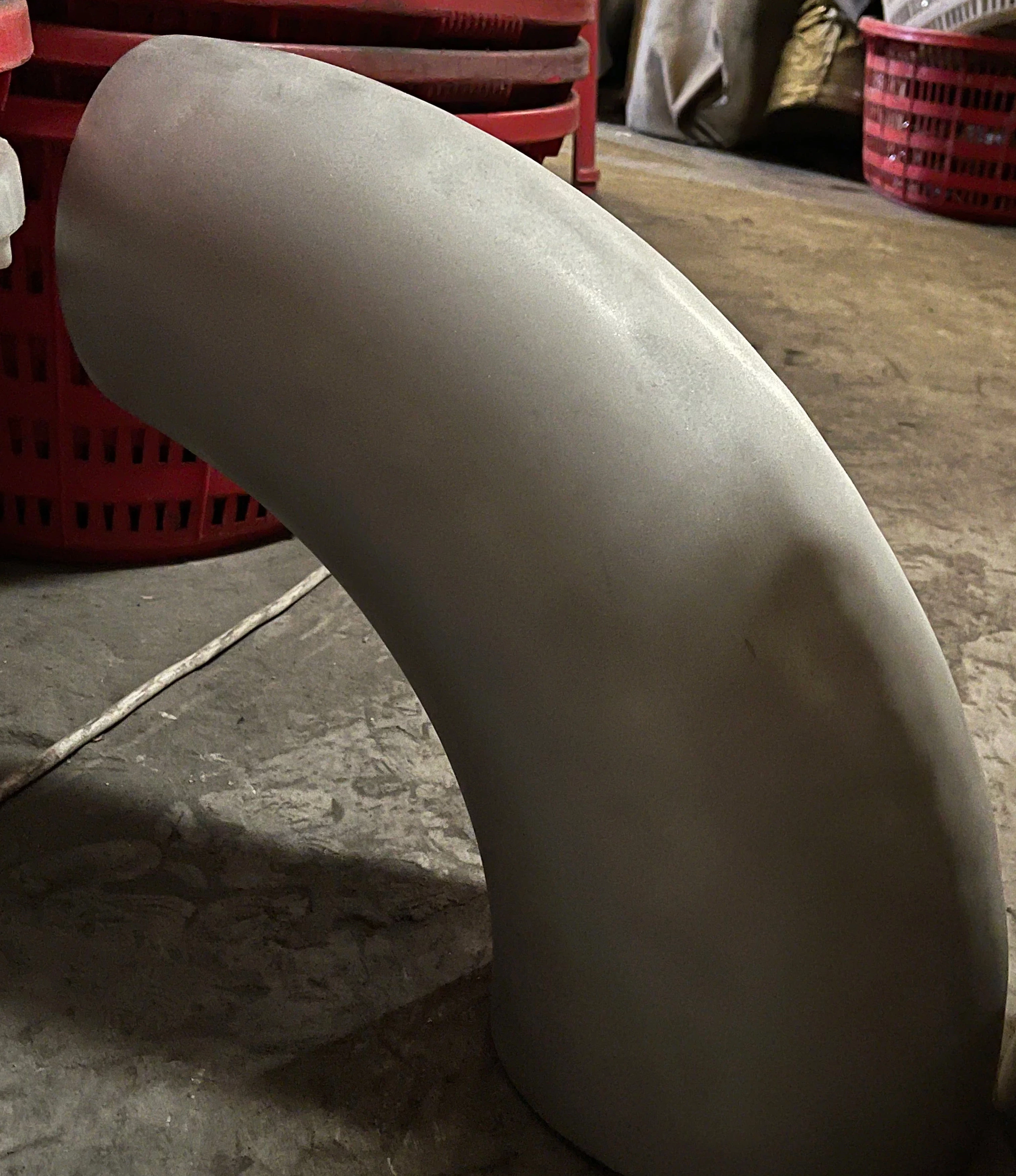Introduction And Application Scenarios Of Stainless Steel Reducing Tee Pipe Fittings
What is a reducing tee? What is the difference between it and an equal-diameter tee? Reducing tee: The branch pipe with different diameters from the other two is called a reducing tee. The tee with the same diameter at both ends is called an equal-diameter tee
Stainless Steel Weld Tee shows important roles and performances in certain industries and fields, can give full play to good roles and performances in the industry, and show certain advantages and characteristics in use. Reducing pipe fittings will not cause corrosion, pitting, rust or wear. Reducing pipes are also one of the strongest materials in metal materials for construction.
Since stainless steel pipe fittings have good corrosion resistance, they can keep the integrity of the engineering design of structural components. Chromium-containing reducing pipes also combine mechanical strength and high elongation, and are easy to process and manufacture. Stainless steel tees can meet the needs of architects and structural designers. All metals react with oxygen in the atmosphere to form an oxide film on the surface. The iron oxide formed on ordinary carbon steel continues to oxidize, causing the rust to expand and eventually form holes. The surface of carbon steel can be electroplated with paint or oxidation-resistant metals. This protection is a thin film.
Steel that is resistant to corrosion by weak corrosive media such as air, steam, and water, and chemically corrosive media such as acids, alkalis, and salts is also called stainless acid-resistant steel. In practical applications, steel that is resistant to corrosion by weak corrosive media is often called a reducer, while steel that is resistant to corrosion by chemical media is called acid-resistant steel. Due to the difference in chemical composition between the two, the former is not necessarily resistant to corrosion by chemical media, while the latter is generally stainless.
